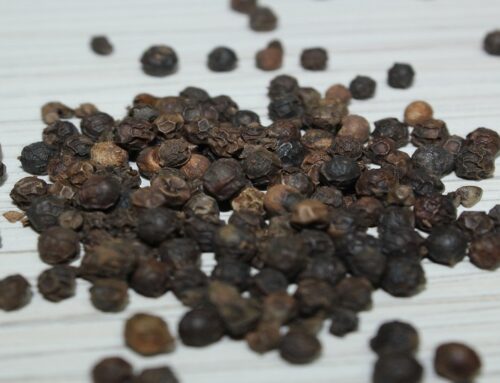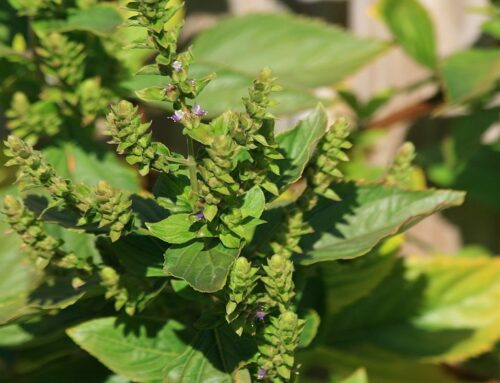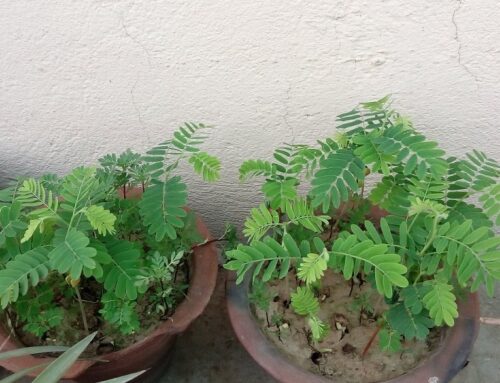The process of rendering food commodities unsafe for human consumption due to the presence of undesirable materials called food contaminants.
Types of Food Contamination: Physical Contamination, Chemical Contamination, and Biological Contamination
Physical Contamination: While harvesting, farm produce comes into contact with variety of external materials called as physical contaminants. The proportion of these contaminants in a food sample determines the quality of the produce and also its shelf life.
Physical Contamination May Be Due To…
- Unhygienic Production Practices
- Unhygienic Packaging Material
- Unhygienic Processing
- Moisture/Water Content
- Unhygienic Handling
Physical Contaminants: these are of two types
- Organic matter: plant debris, weed seeds, seeds of other food grains, argemone seeds, kesari dal (Lathyrus sativus), dead insects, excreta, damaged grains, broken, fragments, nooks, rodent hair, uric acid etc
- Inorganic matter/Foreign matter: lumps of earth, pebbles, stones, dust, plant parts, stem, chaff etc
Food Contamination by Argemone Seeds: Weed seeds produced by a herbaceous plant –Argemone Mexicana. Seeds yield 22 to 36% of a pale yellow non-edible oil which is known as argemone oil. Contamination of argemone is a serious problem in mustard oil. Users of contaminated mustard oil suffer from dropsy which may be even fatal.
Food Contamination by Lathyrus sativus (Kesari Dal): Continuous consumption of kesari dal causes severe health problem known as Lathyrism. Flour of kesari dal is used to adulterate Bengal gram flour, corn flour etc. This contamination may be detected through chromatographic analysis.
Chemical Contaminants: these are of two types:
- Organic
- Water/Moisture Content
- Mycotoxins/Aflatoxins
- B-Oxalyl Amino Acid (BOAA), produced by Lathyrus sativus
- Alkaloids present in Argemone oil
- Non-food grade colours and preservatives
- Inorganic
- Heavy metals
- Pesticidal residues
Chemical Contamination by Moisture: Moisture may also adversely affect the quality of the produce. It is instrumental in fungal and insect attack during transit or storage of the food commodities. Moisture directly influences the shelf life of the produce. Though a certain level of moisture is required for binding of various constituents and cell bodies yet this level should not exceed to the extent, which is conducive for deterioration of the quality of farm produce. Safe moisture level of 8 to 12% for most of the food products. When safe moisture level crosses 14%, deterioration of quality of stored commodity is accelerated. Moisture in the food grains is present either as free water or absorbed water. The water within the cells is called bound water. It is only amount of the free water ,which determines the rate of deterioration of the produce. Moisture contents are normally high at the time of harvest. Therefore, it is desirable that produce must be properly dried before packing and storage.
Chemical Contamination by Mycotoxins: Toxic substances produced by moulds or fungi are called as Mycotoxins. Some mycotoxins are mutagenic and carcinogenic in nature. Of these mycotoxins , Aflatoxins are mainly present in agricultural food commodities . Aflatoxins are produced by Aspergillus flavus and Aspergillus parasiticus. Mycotoxins are produced at high moisture content and in temperature range of 12OC to 40OC. Mycotoxins are heat labile, so there toxicity remains unaffected even after cooking at high temperature. Other important mycotoxins are Citrinin ,Ochratoxin ,Patulin etc which are produced by Penicillium species. In general, maximum tolerance limit of mycotoxins including aflatoxins in stored food grains has been recommended at 30 micrograms per Kg. Ergotin is another group of mycotoxins produced by fungi Claviceps purpurea on rye/bajra, where this fungus causes Ergot disease.
Food Contamination by Heavy Metals: Inorganic chemical contaminants are also called metallic contaminants. Major metallic contaminants are lead, mercury, zinc, arsenic, aluminium, cadmium and sulfur. Metallic contaminants are hazardous to the health of the consumers. Metallic contaminants may occur in food commodities due to the corrosion of the inner surface of the packing material that come in contact with the packed products. The products may react with the inner surface of the container and corroded material is dissolved in the contents or impregnated on the surface of the produce and thus making the produce unfit for consumption.
Food Contamination by Pesticidal Residues: Improper application of pesticides gradually leads into health hazards. Pesticides are compound chemicals that leave residues in the soil. Sometimes these residues leach down into the underground water table making it polluted. Pesticidal residues thus left in the soil and underground water table may come in contact with the crop produce rendering it unsafe for human consumption.
Biological Contaminants
- Insects and Rodents
- Fungus
- Bacteria
- Contagious Human/Animal Diseases
Microbial Contamination: Microbial food contamination is mainly due to the presence of harmful microbes such as bacteria, fungi etc. Bacterial food contamination: broadly two groups of bacteria that render food unsafe; these are:
- Coliforms
- Enterococci
What is Aerobic Plate Count (APC)?
APC is a microbiological standard that measures total bacterial count in a food product. Total counts or Aerobic Plate Counts (APC) on food products not only reflect handling history, degree of freshness, but also they may in some instances reflect on the sanitary quality of foods. In adopting microbiological standards for foods, the primary concerns are those of product safety and shelf life.
Major Food-Borne Diseases
- Causal organism -Disease
- Staphylococcus aureus -Gastroenteritis
- Clostridium botulinum -Botulism
- BacIllus cereus -Diarrhea
- Salmonella typhi -Enteric Fever Typhoid, Food Borne Salmonellosis
- Escherichia coli -Gastroenteritis, Diarrhea
How to Reduce Incidences of Food-Borne Diseases?
- Maintain good hygienic conditions around the storage, packing, processing and marketing places
- Handle the produce carefully
- Use damage –free containers
- Make sure that contents of the containers are intact and unexposed to the atmosphere
- Follow high sanitary conditions
- Sterilize the packaging material
- Follow pasteurisation of the product
- Follow vacuum packing
Check out our publishing services here…
We publish top quality videos on various ‘Food & Agriculture’ topics. You may subscribe our video channel here…






